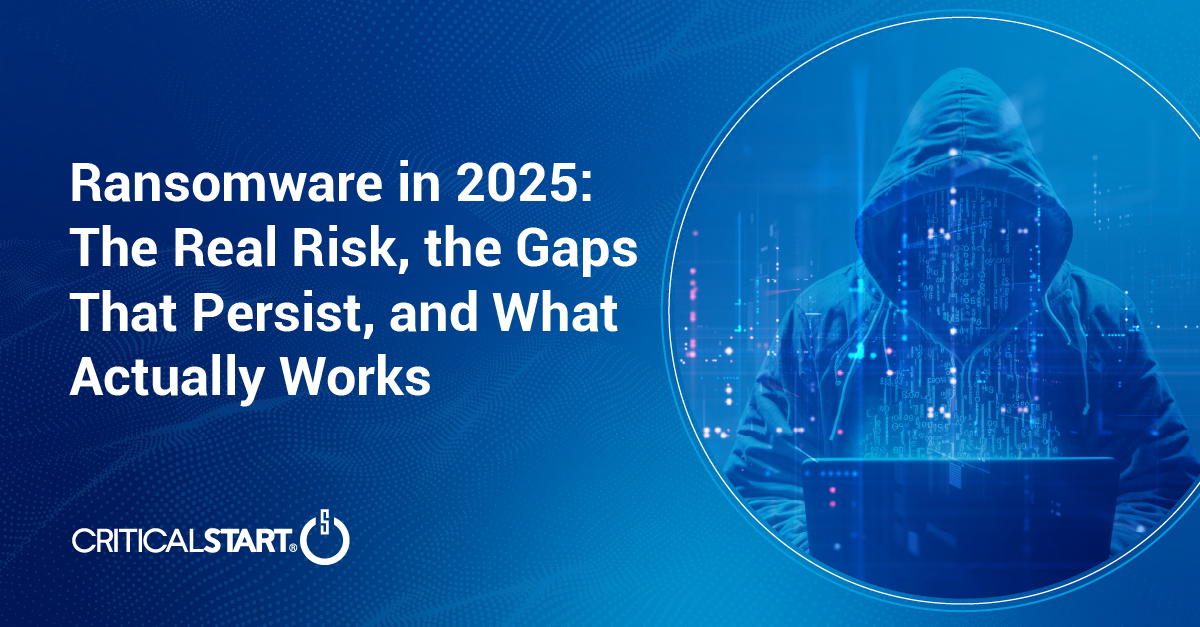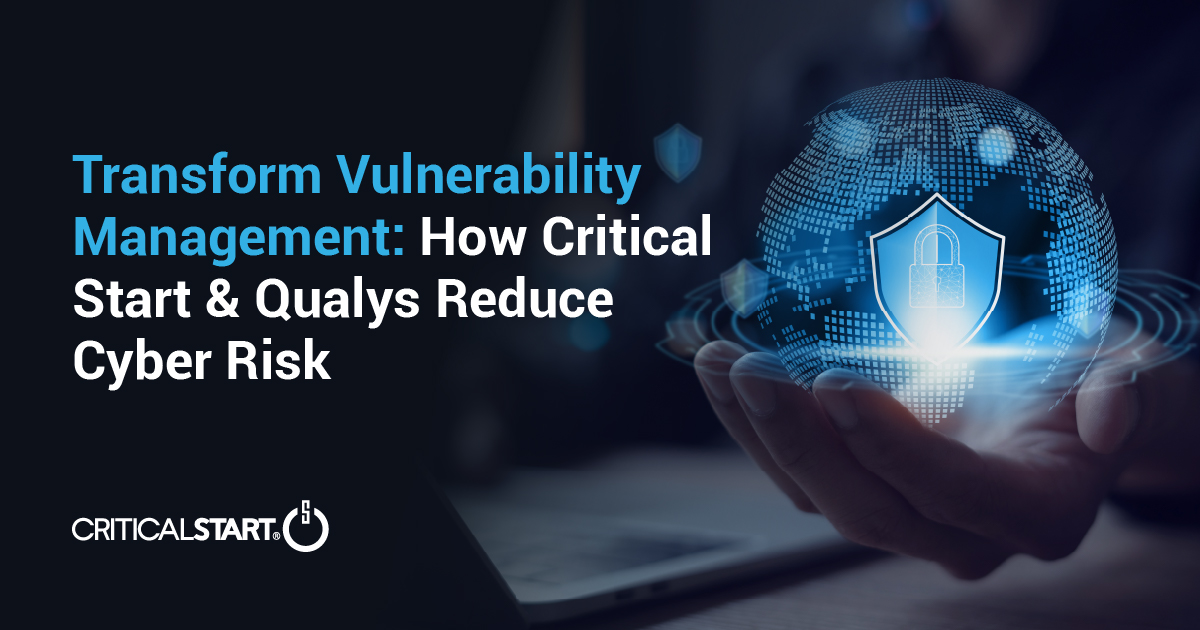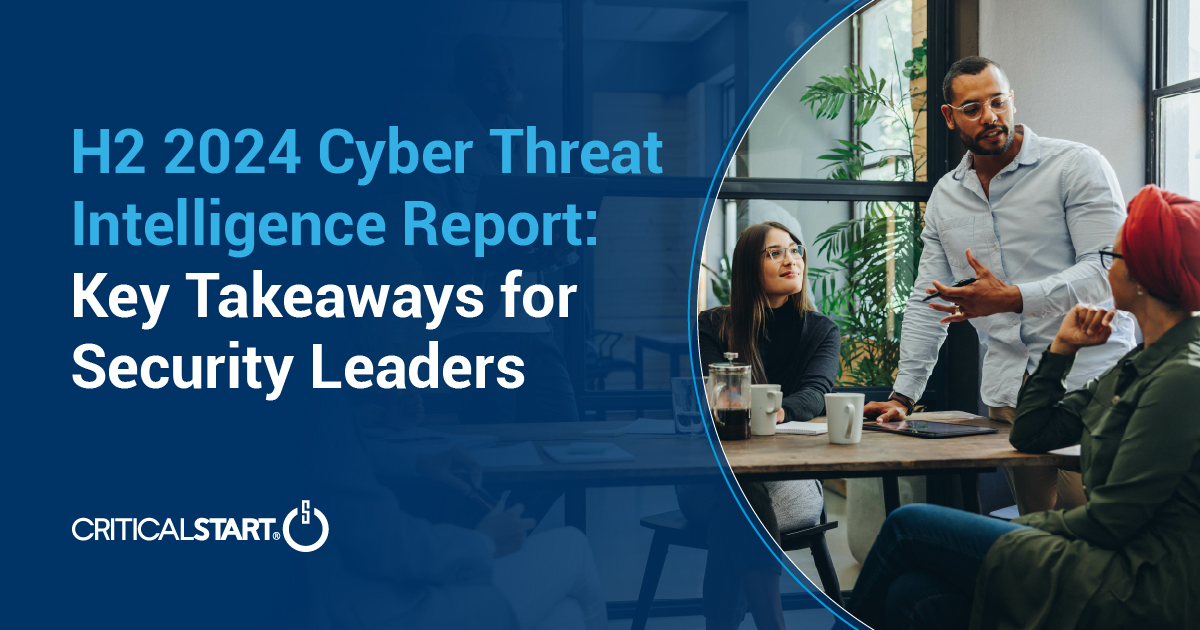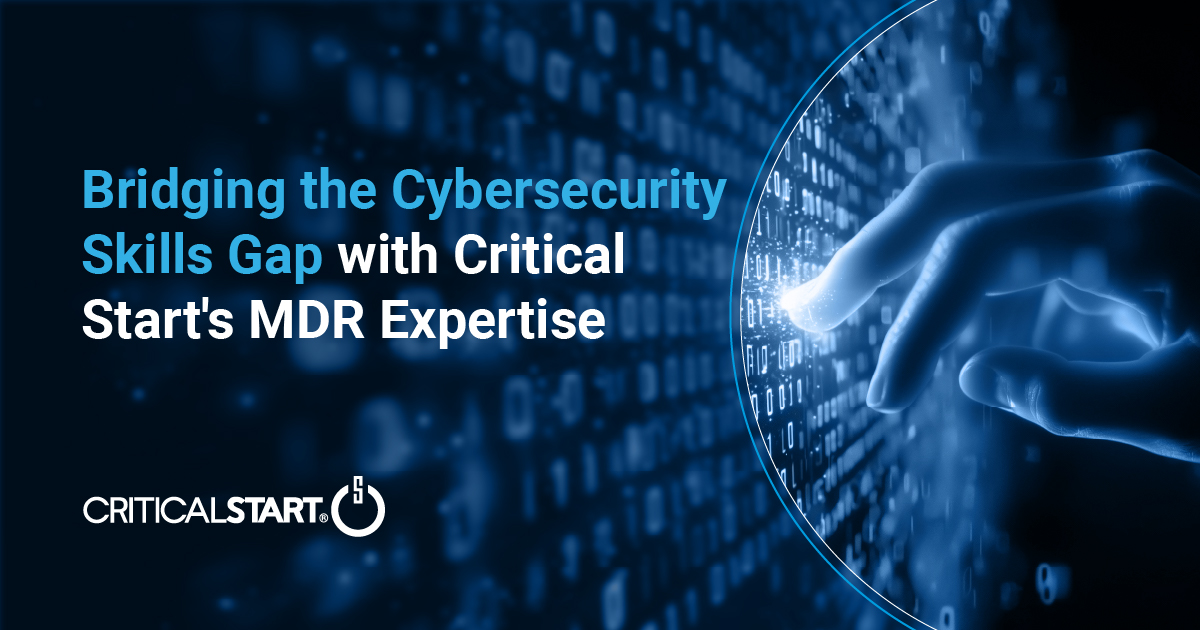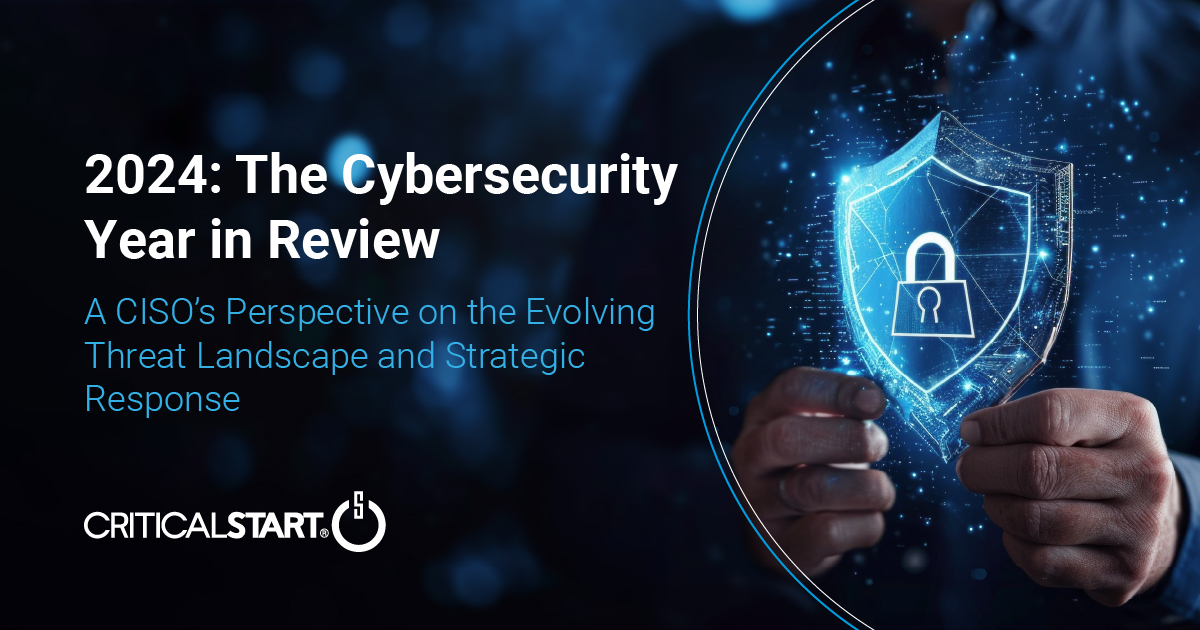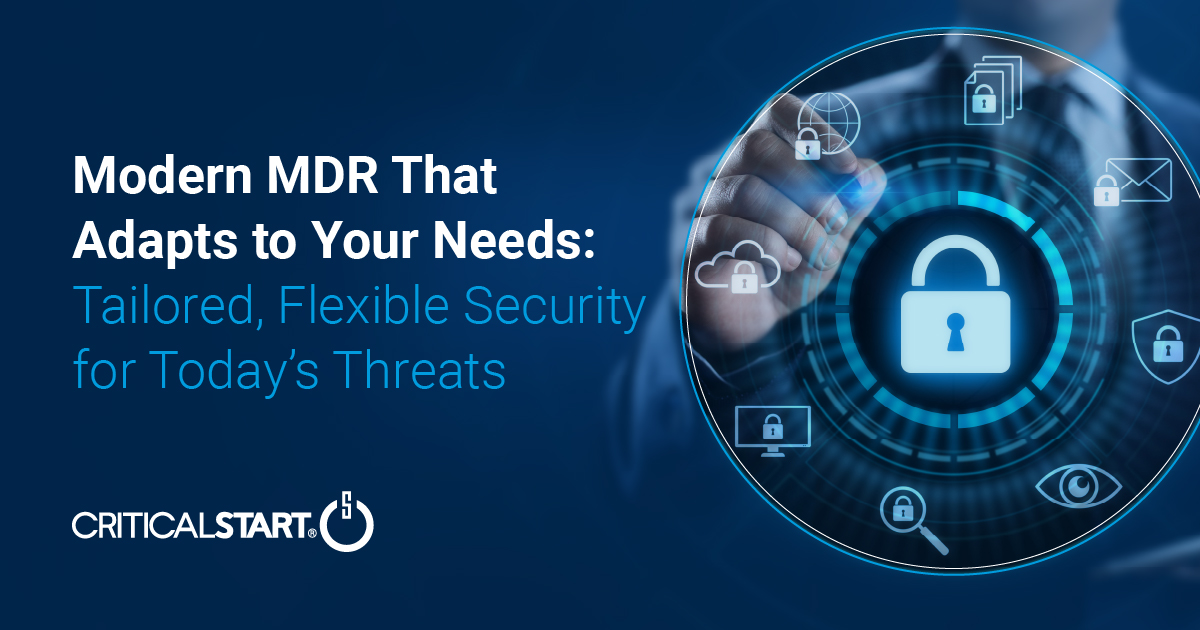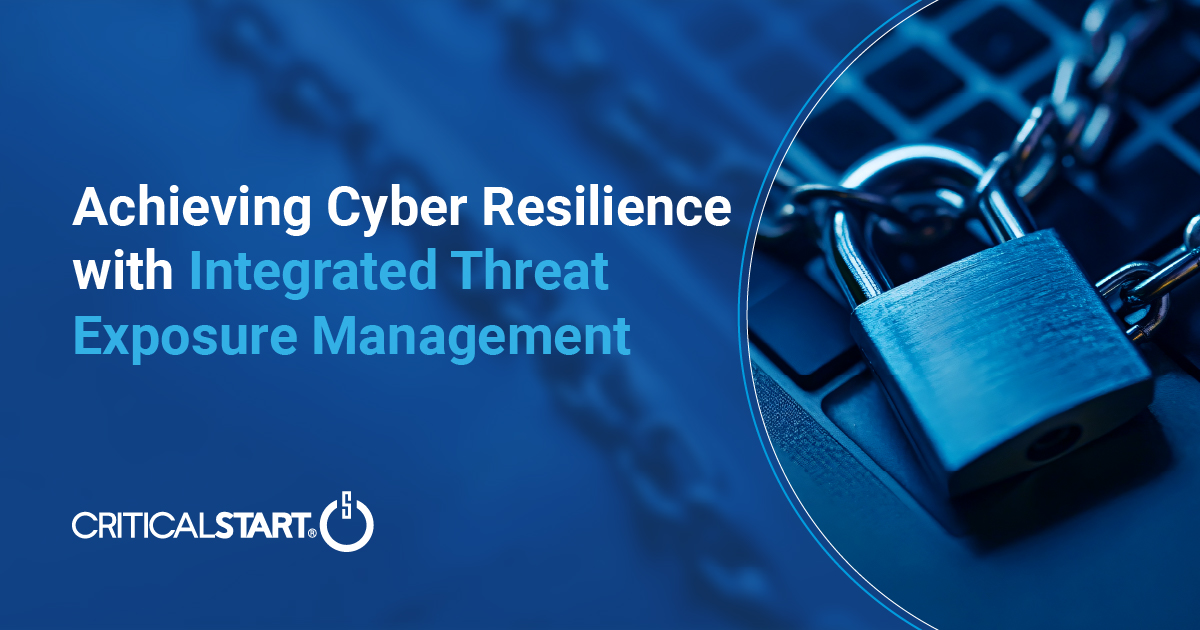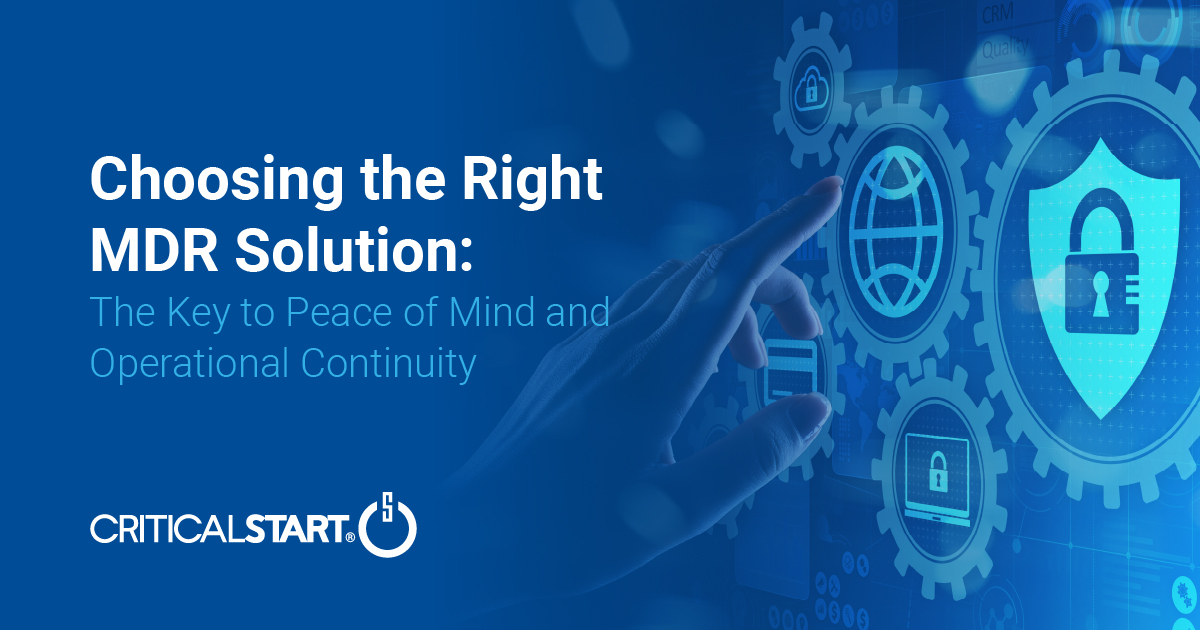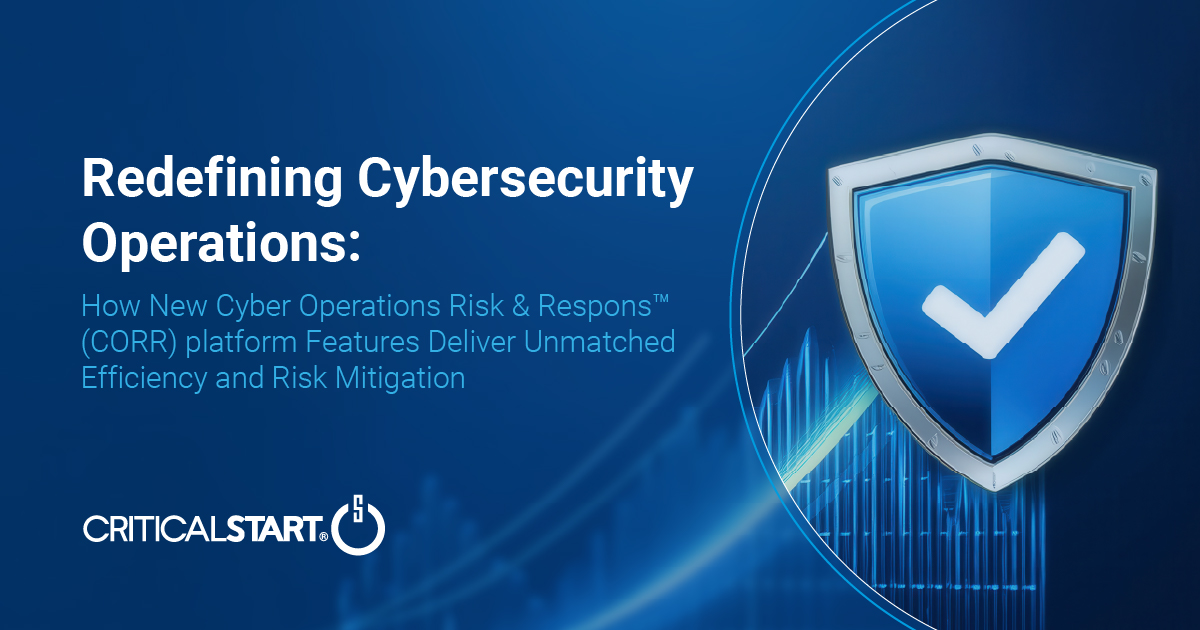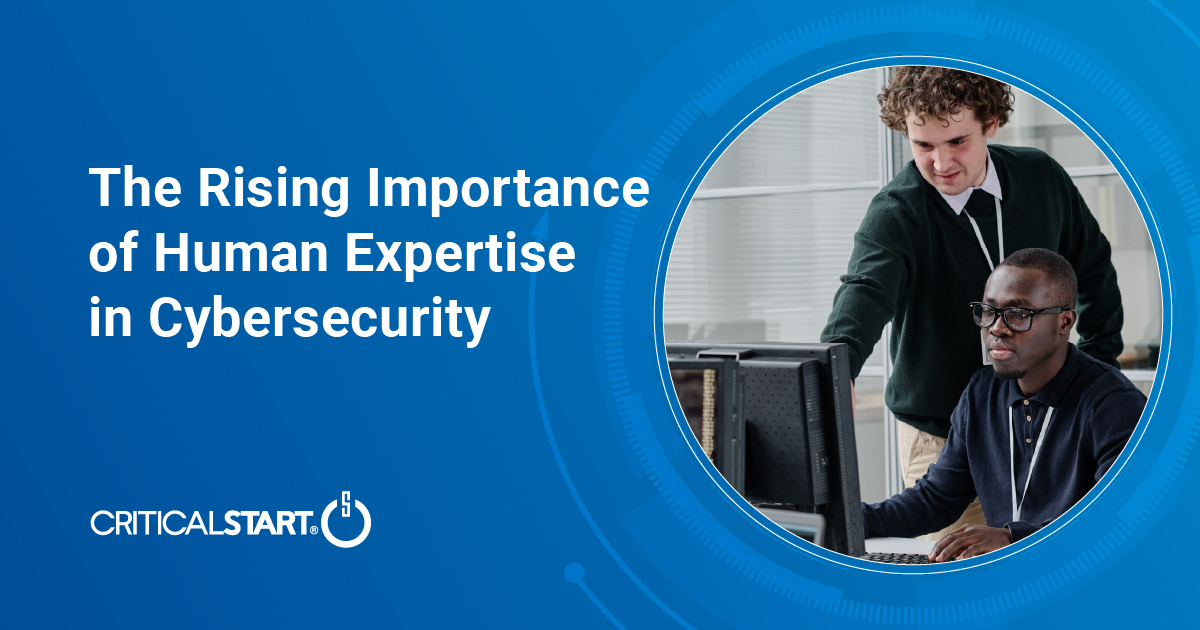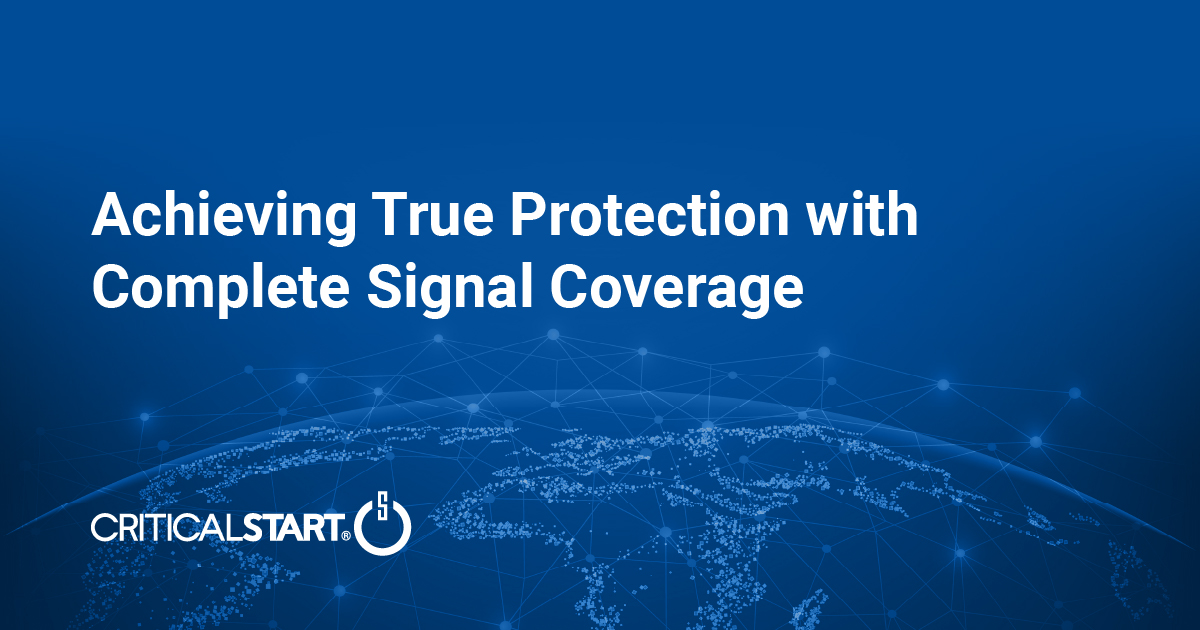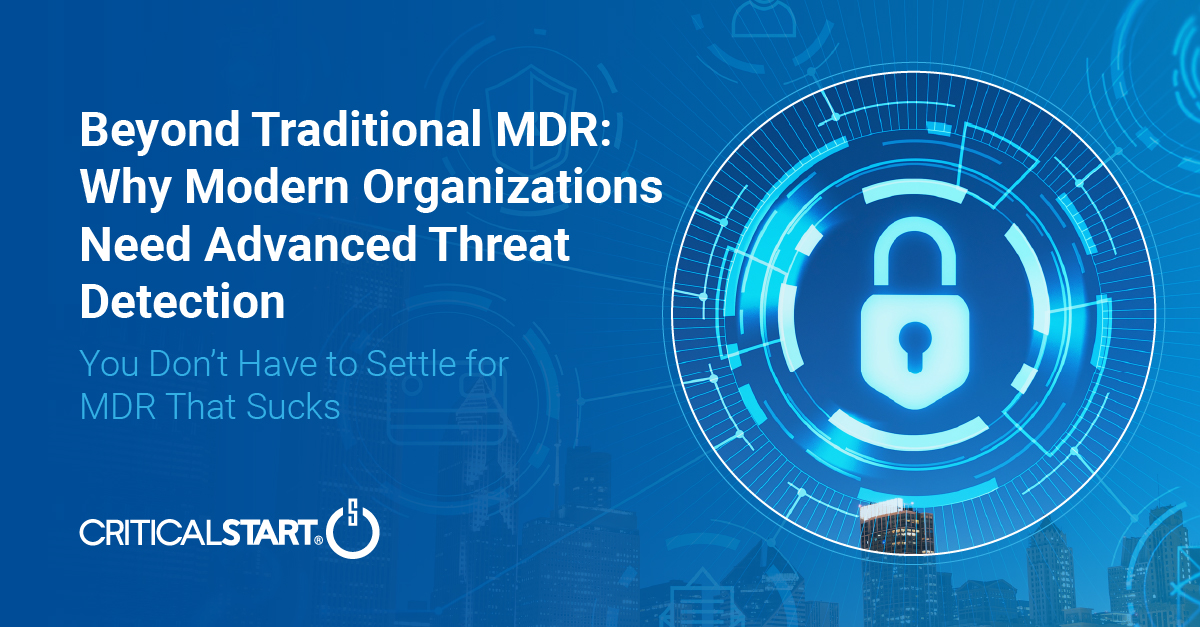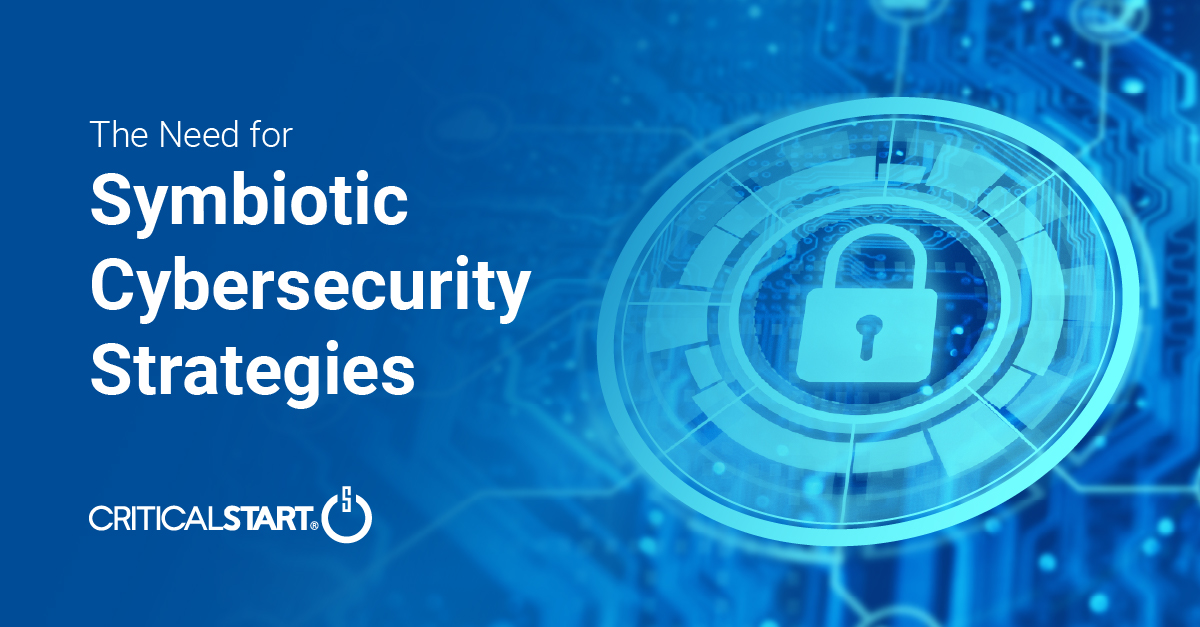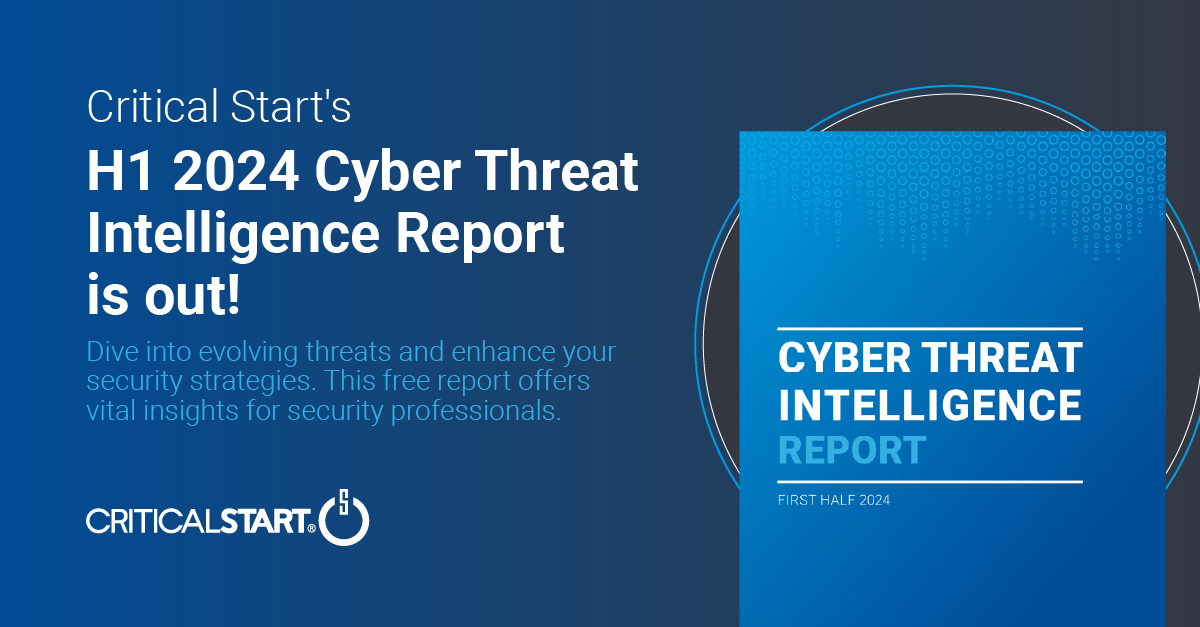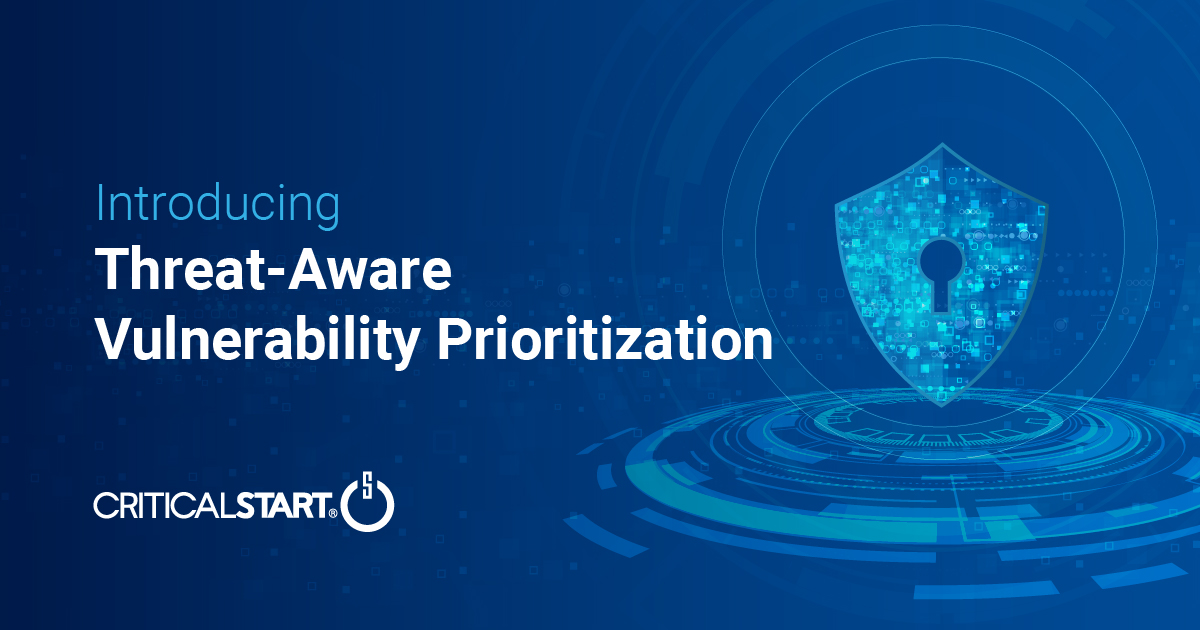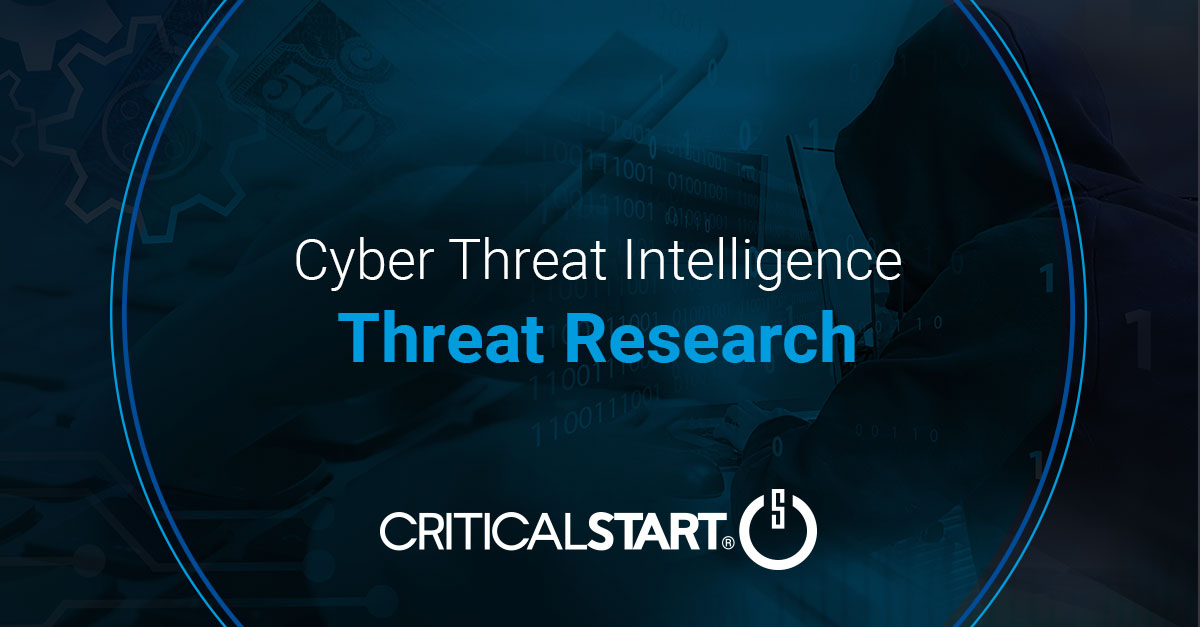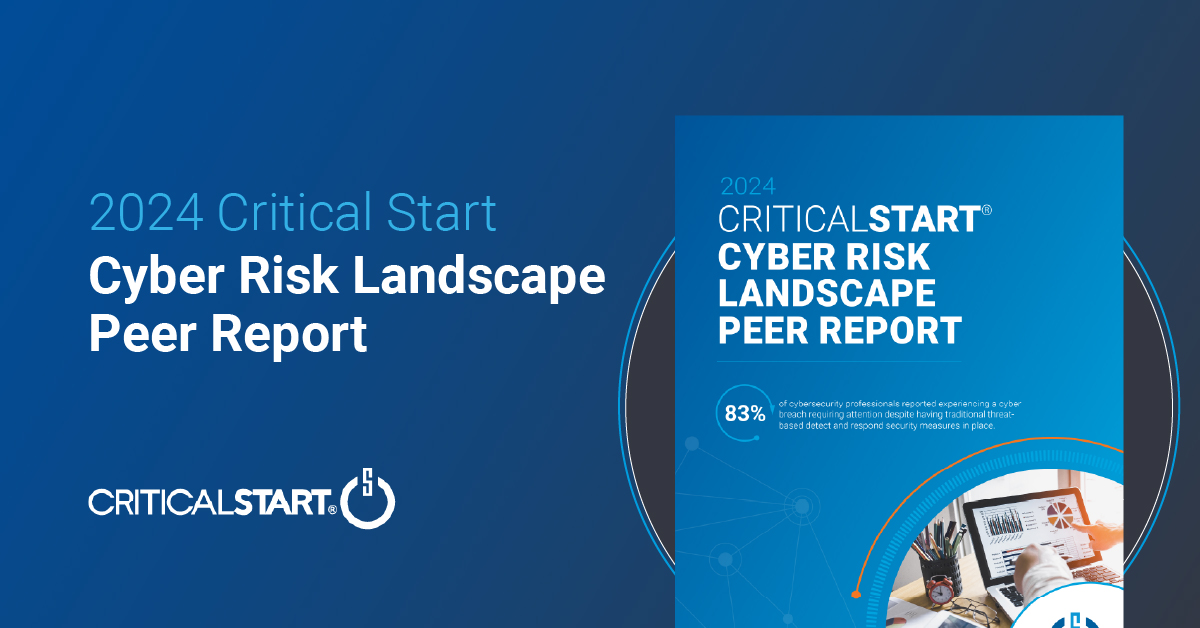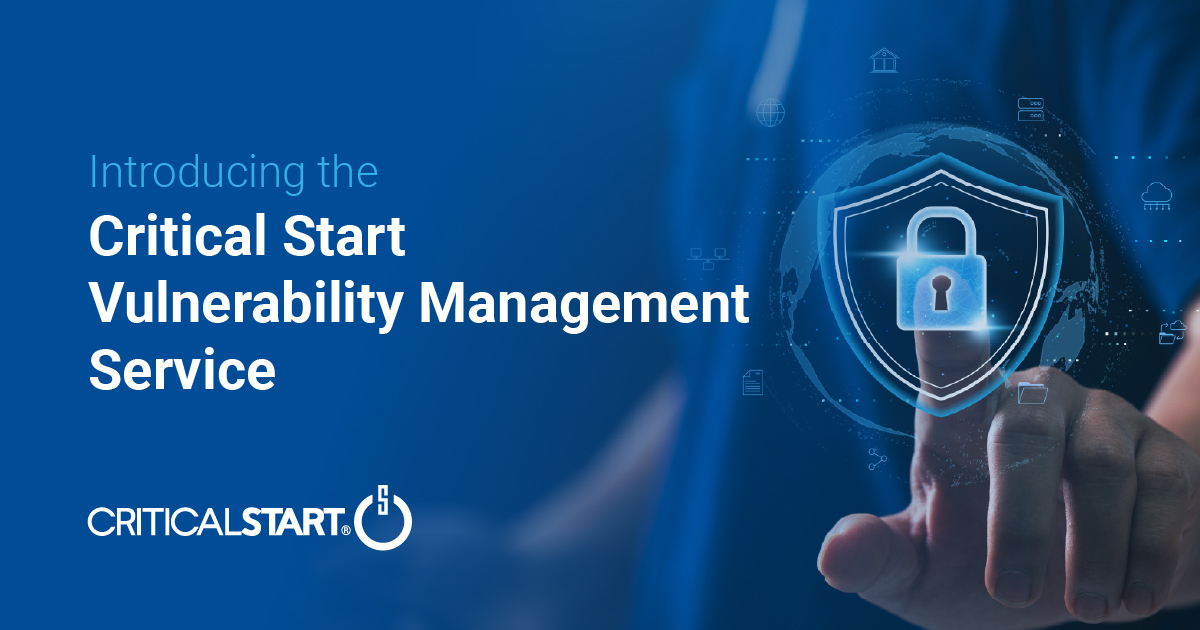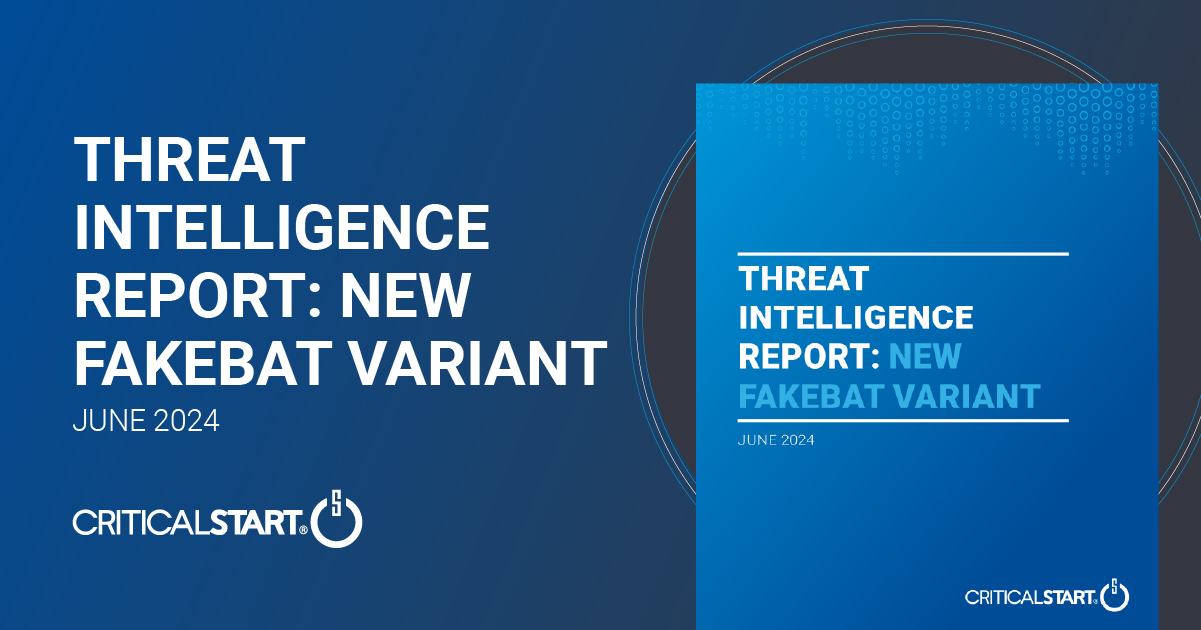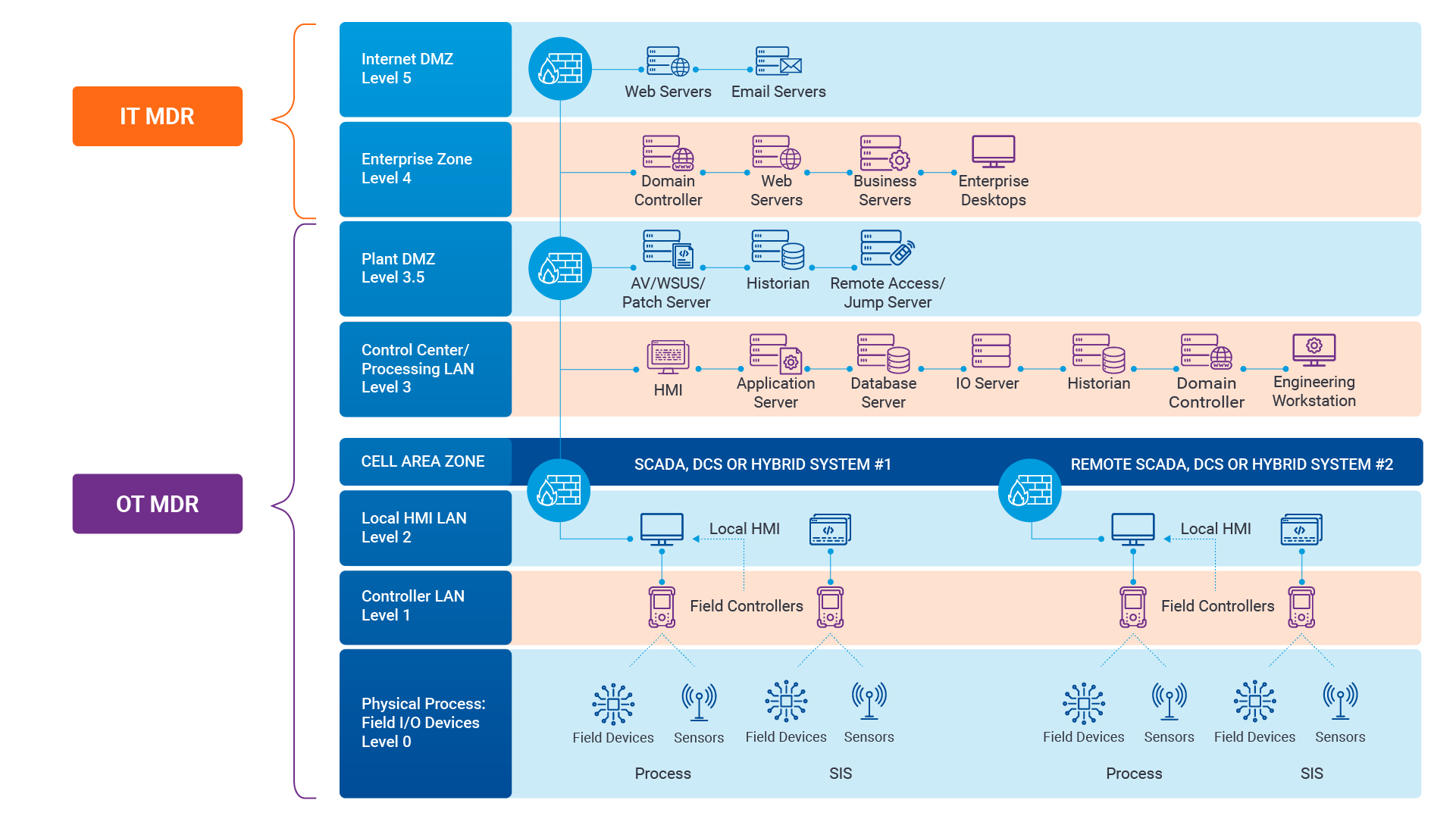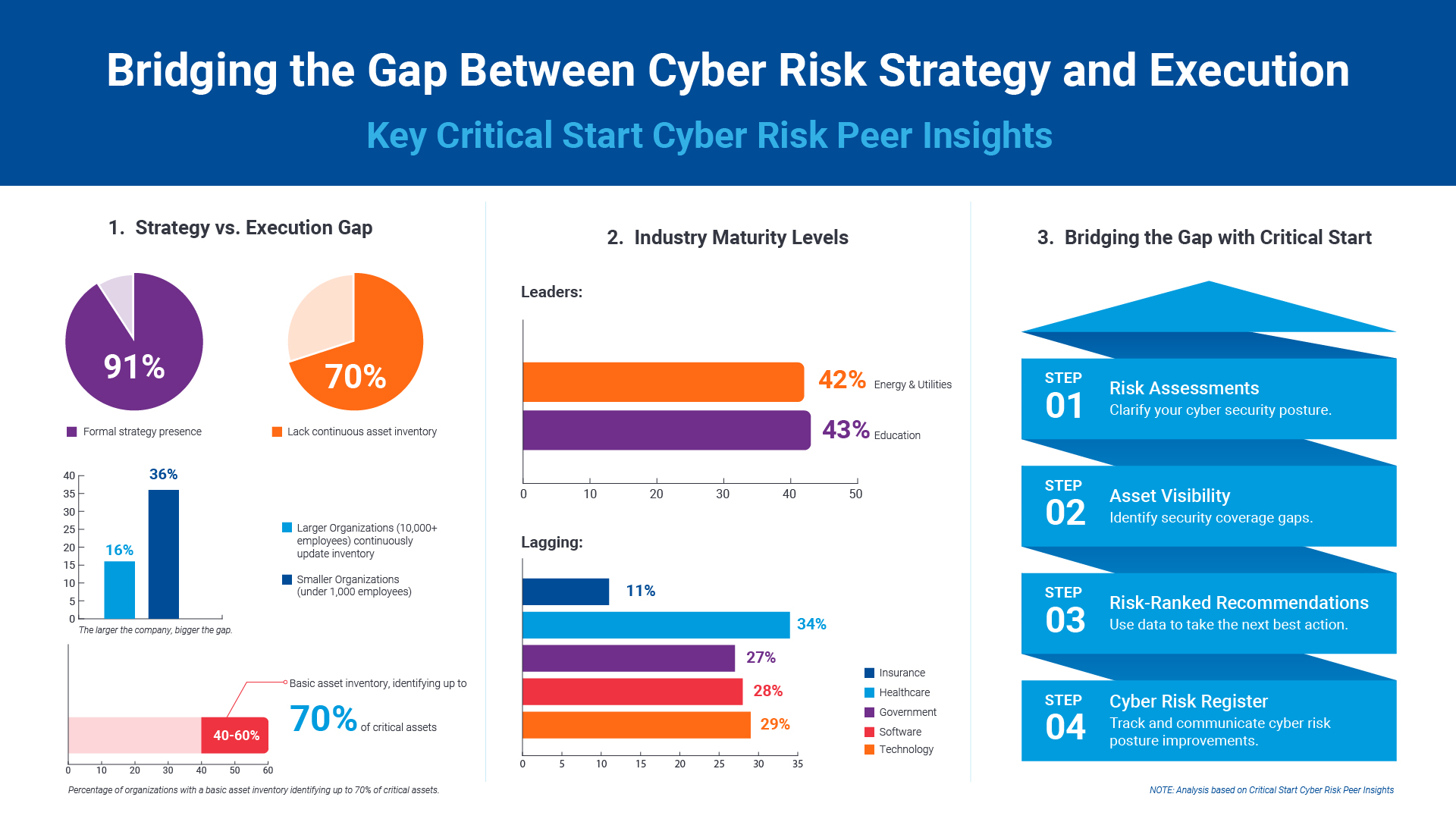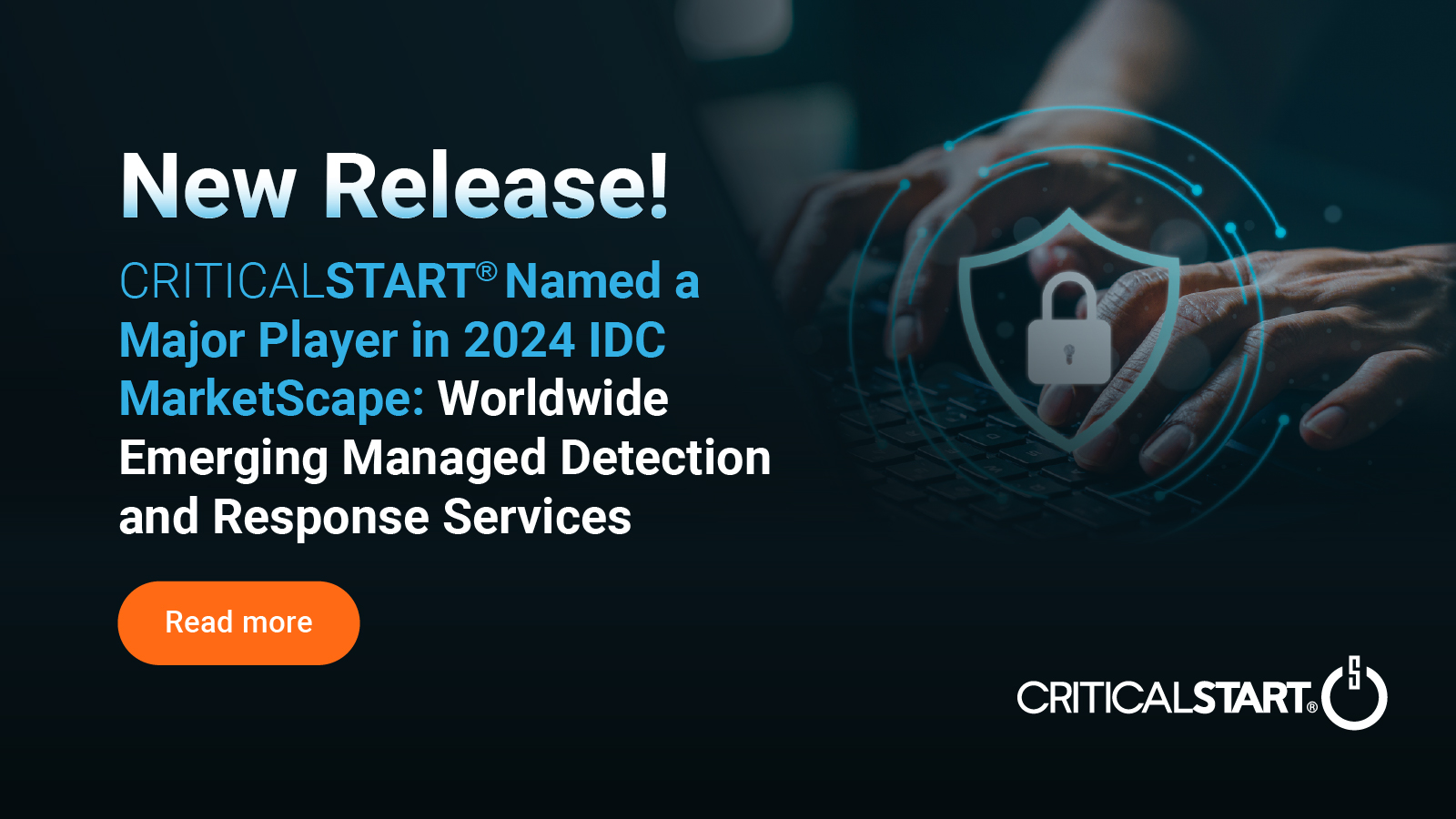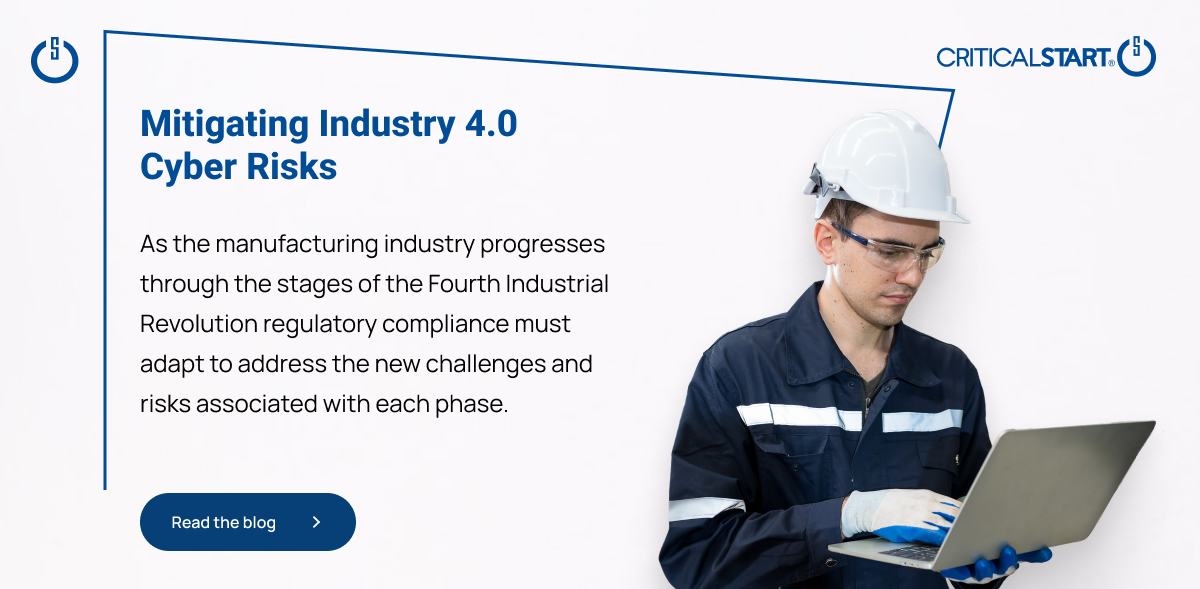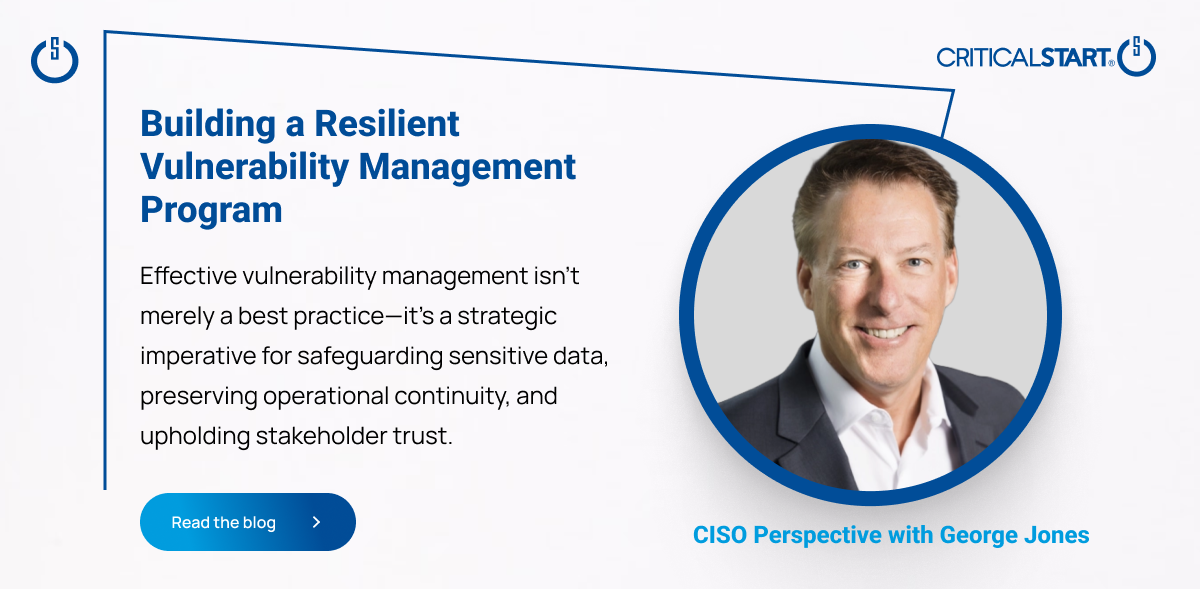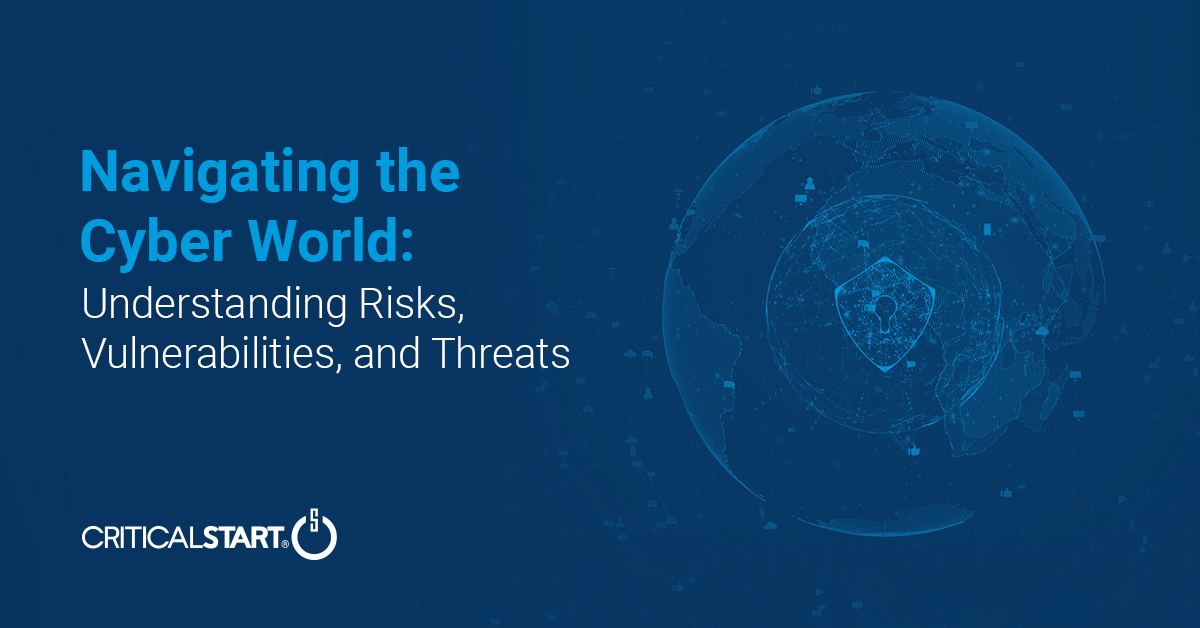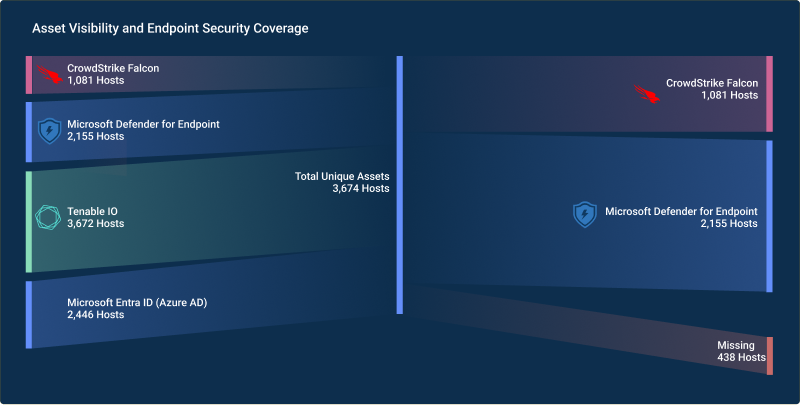CrowdStrike is on a roll. With the recent acquisitions of Humio and Preempt Security, they’ve added serious capabilities to an already robust security portfolio. That’s why CRITICALSTART CTO Randy Watkins spoke with Ajit Sancheti, former founder and CEO of Preempt and current VP of Identity Protection for CrowdStrike, to gain his perspective on the role XDR plays in CrowdStrike’s strategy as part of the first installment of our 5-part series: Rated XDR.
Ajit shared with us his opinion of XDR versus SIEM, and CrowdStrike’s vision of what a completed XDR solution looks like. He explained the role of an XDR platform for a zero-trust approach, and how to make it frictionless for the end user.
Warning: Rated XDR may not be suitable for legacy security vendors.
Early in the discussion, Ajit discussed why Preempt targeted identity management so heavily, utilizing the active directory in particular, and how this delivers a unique mesh with CrowdStrike’s endpoint-centric focus. “Why did we choose active directory?” he related. “It’s a mess, but it’s also the place where all identities are stored. Typically four out of five breaches have something to do with compromised credentials. And if someone’s trying to get the credentials, it’s the active directory that they want to compromise.“
Ajit went on to explain that at the beginning of the COVID-19 pandemic, the two common themes they were hearing from customers were concerns over remote work and controlling identities. And he really feels that CrowdStrike is headed in this direction as part of a comprehensive security package. “I couldn’t be more excited because I think the fit of our architecture with the core CrowdStrike Falcon Endpoint Protection Platform is just seamless and we’re starting to see the benefits of it,” he shared.
“It definitely fills some gaps in not just visibility, but also control, which I think is very unique and customers are starting to circle around to it,” added Randy. “I really think the focus is on endpoint, identity and applications, whether they’re SAS, cloud—whatever—and CrowdStrike is definitely moving towards that fashion. They can audit the software that’s installed on the end point. Now you can look at the different user interactions with that software…And then kind of bake that into whether or not they should have a certain level of access to a machine. It’s really coming through into a much broader picture for both visibility and enforcement.”
XDR presents the data that matters
A common theme discussed by Randy and Ajit was the massive amounts of data generated from all of these different sources and the difficulty faced by SIEM platforms ingesting it as the amounts and sources of this data continues to grow. “The basic thought there is that we are getting hit by very sophisticated attackers,” Ajit explained. “And we’ve been called in and there’s no telemetry (on the customer side). The telemetry that you need to figure out what happened just doesn’t exist. And the reason is that people cannot afford to collect it with this exponential data growth. I think right now organizations are saying that unstructured data is doubling every 40 months…What CrowdStrike is doing is providing the ability to log and answer everything…it’s index free and cloud native in real-time. It gives ingest data, which allows you to redefine XDR in a manner that says, ‘Let’s go find the data sources that really matter rather than saying bring all the data and consider this to be a next generation SIEM.’
“Think of it more as a security use case,” he continued. “What are the security use cases we’re trying to solve? How do we want to solve it? Our focus is on building XDR so that it answers these security use cases. I also think that if you look at the CrowdStrike story, we have so many good partners that do so many great things. So we want to bring in their indicators into our platform. And that’s how we want to leverage XDR. We can get to the point where we can solve these questions, not just by CrowdStrike’s native data, but with the partners that we work with in the industry that are really focused on these security use cases.”
During the discussion, Randy raised the idea of a compliance auditor versus a compliance assessor. He highlighted how an assessor wants to understand the intent behind the control and to ensure that an organization is actually meeting that intent. The hope is that XDR will become a mitigating control for SIEM by providing more meaningful data feeds that will fulfil the security intent.
Zero-trust becoming the norm through XDR
The CrowdStrike team are solid believers in the zero-trust security model and Ajit explained how XDR can help make this model reality without providing an undue burden on users. “If you look at any kind of logging solution, it’s near real-time, or as close to real-time as possible, but it’s still not real time,” he stated. “What I want to know about the user is what are they doing now? That’s where I think XDR helps us is to get a better and more comprehensive view of the user over time.”
Through XDR, suspicious behavior such as logging into an application the user has not worked with before can be tracked and compared against typically normal user behaviors. It can recognize patterns and assign a risk score to determine when the activity is suspicious enough to warrant action.
Ajit feels that the telemetry XDR provides for security will solve increasingly complex use cases over time, and that SIEM vendors will need to decide whether they will work with the technology or risk getting replaced by customers. Randy agreed with this as he concluded, “There’s definitely going to be a lot of catch-up work for some of these vendors that have been either only looking at their own data for telemetry, or they don’t have a backend that will support the ingestion of third-party data for additional telemetry. It seems like the mission statement behind XDR is to accomplish what we really wanted to get out of SIEM, which was how do we lower dwell time of an attacker in the environment.”
While these are a few of the highlights, be sure to listen to the full podcast of episode 1 of Rated XDR . And tune in for the next episode where Randy talks with Chief Product Office of the freshly IPO’d SentinelOne.
![]()
Ransomware in 2025: The Real Risk, the Gaps That Persist, and What Actually Works
Ransomware attacks aren’t slowing down. They’re getting smarter, faster, and more expensive. In ...![]()
Security Operations Leaders: The Chaos Is Real
If you’re a CISO, SOC leader, or InfoSec pro, you’ve felt it. Alert volumes spike. Tools multipl...![]()
Transform Vulnerability Management: How Critical Start & Qualys Reduce Cyber Risk
In a recent webinar co-hosted by Qualys and Critical Start, experts from both organizations discusse...![]()
H2 2024 Cyber Threat Intelligence Report: Key Takeaways for Security Leaders
In a recent Critical Start webinar, cyber threat intelligence experts shared key findings from the H...![]()
Bridging the Cybersecurity Skills Gap with Critical Start’s MDR Expertise
During a recent webinar hosted by CyberEdge, Steven Rosenthal, Director of Product Management at Cri...![]()
2024: The Cybersecurity Year in Review
A CISO’s Perspective on the Evolving Threat Landscape and Strategic Response Introduction 2024 has...![]()
Modern MDR That Adapts to Your Needs: Tailored, Flexible Security for Today’s Threats
Every organization faces unique challenges in today’s dynamic threat landscape. Whether you’re m...![]()
Achieving Cyber Resilience with Integrated Threat Exposure Management
Welcome to the third and final installment of our three-part series Driving Cyber Resilience with Hu...Why Remote Containment and Active Response Are Non-Negotiables in MDR
You Don’t Have to Settle for MDR That Sucks Welcome to the second installment of our three-part bl...![]()
Choosing the Right MDR Solution: The Key to Peace of Mind and Operational Continuity
Imagine this: an attacker breaches your network, and while traditional defenses scramble to catch up...![]()
Redefining Cybersecurity Operations: How New Cyber Operations Risk & Response™ (CORR) platform Features Deliver Unmatched Efficiency and Risk Mitigation
The latest Cyber Operations Risk & Response™ (CORR) platform release introduces groundbreaking...![]()
The Rising Importance of Human Expertise in Cybersecurity
Welcome to Part 1 of our three-part series, Driving Cyber Resilience with Human-Driven MDR: Insights...![]()
Achieving True Protection with Complete Signal Coverage
Cybersecurity professionals know all too well that visibility into potential threats is no longer a ...![]()
Beyond Traditional MDR: Why Modern Organizations Need Advanced Threat Detection
You Don’t Have to Settle for MDR That Sucks Frustrated with the conventional security measures pro...The Power of Human-Driven Cybersecurity: Why Automation Alone Isn’t Enough
Cyber threats are increasingly sophisticated, and bad actors are attacking organizations with greate...Importance of SOC Signal Assurance in MDR Solutions
In the dynamic and increasingly complex field of cybersecurity, ensuring the efficiency and effectiv...The Hidden Risks: Unmonitored Assets and Their Impact on MDR Effectiveness
In the realm of cybersecurity, the effectiveness of Managed Detection and Response (MDR) services hi...![]()
The Need for Symbiotic Cybersecurity Strategies | Part 2: Integrating Proactive Security Intelligence into MDR
In Part 1 of this series, The Need for Symbiotic Cybersecurity Strategies, we explored the critical ...Finding the Right Candidate for Digital Forensics and Incident Response: What to Ask and Why During an Interview
So, you’re looking to add a digital forensics and incident response (DFIR) expert to your team. Gr...![]()
The Need for Symbiotic Cybersecurity Strategies | Part I
Since the 1980s, Detect and Respond cybersecurity solutions have evolved in response to emerging cyb...![]()
Critical Start H1 2024 Cyber Threat Intelligence Report
Critical Start is thrilled to announce the release of the Critical Start H1 2024 Cyber Threat Intell...![]()
Now Available! Critical Start Vulnerability Prioritization – Your Answer to Preemptive Cyber Defense.
Organizations understand that effective vulnerability management is critical to reducing their cyber...![]()
Recruiter phishing leads to more_eggs infection
With additional investigative and analytical contributions by Kevin Olson, Principal Security Analys...![]()
2024 Critical Start Cyber Risk Landscape Peer Report Now Available
We are excited to announce the release of the 2024 Critical Start Cyber Risk Landscape Peer Report, ...Critical Start Managed XDR Webinar — Increase Threat Protection, Reduce Risk, and Optimize Operational Costs
Did you miss our recent webinar, Stop Drowning in Logs: How Tailored Log Management and Premier Thre...Pulling the Unified Audit Log
During a Business Email Compromise (BEC) investigation, one of the most valuable logs is the Unified...![]()
Set Your Organization Up for Risk Reduction with the Critical Start Vulnerability Management Service
With cyber threats and vulnerabilities constantly evolving, it’s essential that organizations take...![]()
Announcing the Latest Cyber Threat Intelligence Report: Unveiling the New FakeBat Variant
Critical Start announces the release of its latest Cyber Threat Intelligence Report, focusing on a f...Cyber Risk Registers, Risk Dashboards, and Risk Lifecycle Management for Improved Risk Reduction
Just one of the daunting tasks Chief Information Security Officers (CISOs) face is identifying, trac...![]()
Beyond SIEM: Elevate Your Threat Protection with a Seamless User Experience
Unraveling Cybersecurity Challenges In our recent webinar, Beyond SIEM: Elevating Threat Prote...![]()
Navigating the Convergence of IT and OT Security to Monitor and Prevent Cyberattacks in Industrial Environments
The blog Mitigating Industry 4.0 Cyber Risks discussed how the continual digitization of the manufac...![]()
Critical Start Cyber Risk Peer Insights – Strategy vs. Execution
Effective cyber risk management is more crucial than ever for organizations across all industries. C...![]() Press Release
Press ReleaseCritical Start Named a Major Player in IDC MarketScape for Emerging Managed Detection and Response Services 2024
Critical Start is proud to be recognized as a Major Player in the IDC MarketScape: Worldwide Emergin...Introducing Free Quick Start Cyber Risk Assessments with Peer Benchmark Data
We asked industry leaders to name some of their biggest struggles around cyber risk, and they answer...Efficient Incident Response: Extracting and Analyzing Veeam .vbk Files for Forensic Analysis
Introduction Incident response requires a forensic analysis of available evidence from hosts and oth...![]()
Mitigating Industry 4.0 Cyber Risks
As the manufacturing industry progresses through the stages of the Fourth Industrial Revolution, fro...![]()
CISO Perspective with George Jones: Building a Resilient Vulnerability Management Program
In the evolving landscape of cybersecurity, the significance of vulnerability management cannot be o...![]()
Navigating the Cyber World: Understanding Risks, Vulnerabilities, and Threats
Cyber risks, cyber threats, and cyber vulnerabilities are closely related concepts, but each plays a...The Next Evolution in Cybersecurity — Combining Proactive and Reactive Controls for Superior Risk Management
Evolve Your Cybersecurity Program to a balanced approach that prioritizes both Reactive and Proactiv...![]()
CISO Perspective with George Jones: The Top 10 Metrics for Evaluating Asset Visibility Programs
Organizations face a multitude of threats ranging from sophisticated cyberattacks to regulatory comp...![]() Datasheet
DatasheetCRITICALSTART® Advisory SOC Analyst (ASA)
Discover how Critical Start’s Advisory SOC Analyst (ASA) service adds personalized expertise to yo...![]() Datasheet
DatasheetMDR Use Cases
Discover how Critical Start MDR delivers rapid, SLA-backed threat detection and response across your...- Webinar
Are Critical Threats Slipping Through Your Defenses?
Modern security teams are buried in noisy alerts and stretched thin. Even with powerful tools like M...
Newsletter Signup
Stay up-to-date on the latest resources and news from CRITICALSTART.
Thanks for signing up!
